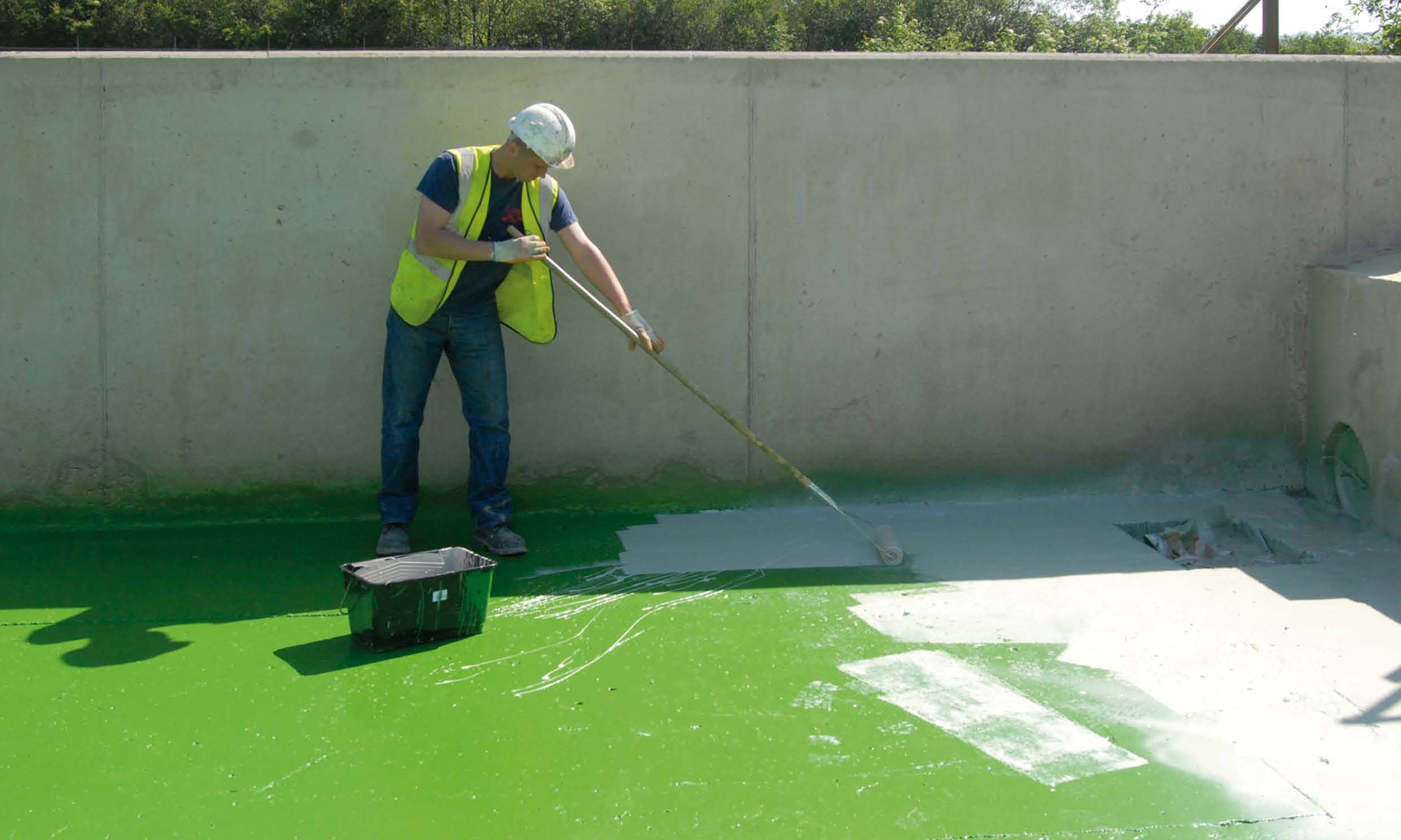Regarding maintaining the structure of your house or structure, moisture-proofing is an crucial step that should never be neglected. Including protecting your home against water damage to preventing the growth of fungus and mildew, efficient waterproofing solutions can shield you considerable sums in repairs and troubles down the path. In a environment increasingly aimed on eco-friendliness, finding sustainable waterproofing options becomes even more important. This piece explores a selection of sustainable waterproofing solutions that not only preserve your building but also minimize your ecological footprint.
The path towards successful waterproofing might look daunting, but it doesn't have to be. Grasping the many techniques and materials available can enable you to take informed judgments. If you are looking to waterproof your basement to stop flooding or exploring options for roof waterproofing to shield your investment, our guide will outline everything you need to understand. We will tackle common myths, emphasize the significance of waterproofing in energy efficiency, and examine how sustainable construction practices can merge these solutions smoothly into your building plan. Let us now dive into the field of sustainable waterproofing and uncover how you can effectively protect your investment while nurturing the environment.
Comprehending the Importance of Moisture Protection
Waterproofing is a critical aspect of property maintenance that a lot of homeowners and property managers fail to consider. It plays an important role in safeguarding structures from moisture damage, which can lead to significant repairs and health issues caused by mold and mildew. By making sure that your home or building is sufficiently waterproofed, you not only preserve its structure but also enhance its general value.
One reason waterproofing is vital is that it stops significant moisture-related problems. This includes challenges such as leaks in the foundation, basement flooding, and water intrusion in walls. These problems can escalate quickly, leading to extensive repairs that can dramatically affect your financial situation. Spending in waterproofing measures can save you thousands in repairs down the line and provide reassurance knowing that your building is safe from moisture damage.
Besides protecting against water damage, proper waterproofing can improve energy conservation in buildings. Well protected structures require less energy for heating efforts and cooling needs, as they minimize drafts and prevent moisture from entering and affecting the indoor environment. By adding waterproofing measures in your construction plan, you are not only protecting your property but also contributing to a more green and energy-efficient environment.
Essential Waterproofing Strategies and Solutions
Regarding protecting your home from moisture damage, multiple waterproofing techniques can be employed. One of the most effective techniques is the application of waterproof finishes and membranes. These treatments are designed to create a block against moisture, making them ideal for areas like ceilings, walls, and lower levels. For instance, liquid-applied membranes can be used on flat roofs to prevent water intrusion, while cementitious finishes are excellent for basement walls that often experience hydrostatic pressure.
An additional method involves proper water drainage control. Installing drainage systems such as curtain drains can significantly reduce water accumulation around your property. By redirecting top water away from the base, you can prevent it from seeping into your home. Additionally, confirming that gutters and downspouts are working efficiently can also minimize moisture ingress, protecting both the inside and exterior of your building from potential wetness and fungal development.
For those looking for DIY solutions, using waterproof barriers and coatings is a popular choice. Aluneed basement waterproofing can be readily applied to spaces in need of protection, such as restrooms and cooking areas, where moisture is prevalent. However, it’s crucial to choose the right products based on the specific needs of each area, as some sealants may be more efficient against mold, while others focus on preventing drips. Ultimately, selecting https://output.jsbin.com/luzeyoquvi/ can save you considerable money in repairs and extend the lifespan of your home or building.
Determining the Best Waterproofing Method for Your Home
As you choosing a waterproofing solution for your home, it is crucial to evaluate the specific demands and weaknesses of your property. Evaluate factors such as the weather, the type of soil, and the existing architectural features. For instance, houses in areas with intense rainfall may call for greater robust methods compared to those in arid regions. Additionally, identifying the origin of potential water penetration is crucial, as it can help you in choosing between indoor and outside waterproofing methods.

DIY methods can be an economical choice for homeowners well-acquainted with construction projects. Nonetheless, for challenging issues or widespread areas, investing in contractor waterproofing assistance may be less beneficial. Professionals can deliver specialized expertise, ensuring the selected methods are suitable for your house’s specific requirements. Be sure to weigh the pros and disadvantages of DIY versus expert methods and think about seeking advice from experienced contractors.
In the end, the materials and approaches you pick should match with your long-term goals for the residence. Search for sustainable waterproofing options that merely safeguard your home but also support sustainability. Reviewing waterproofing solutions, their efficacy, and potential consequences on the ecosystem can guide you make an wise decision that maintains the integrity of your property while being mindful of ecological factors.
